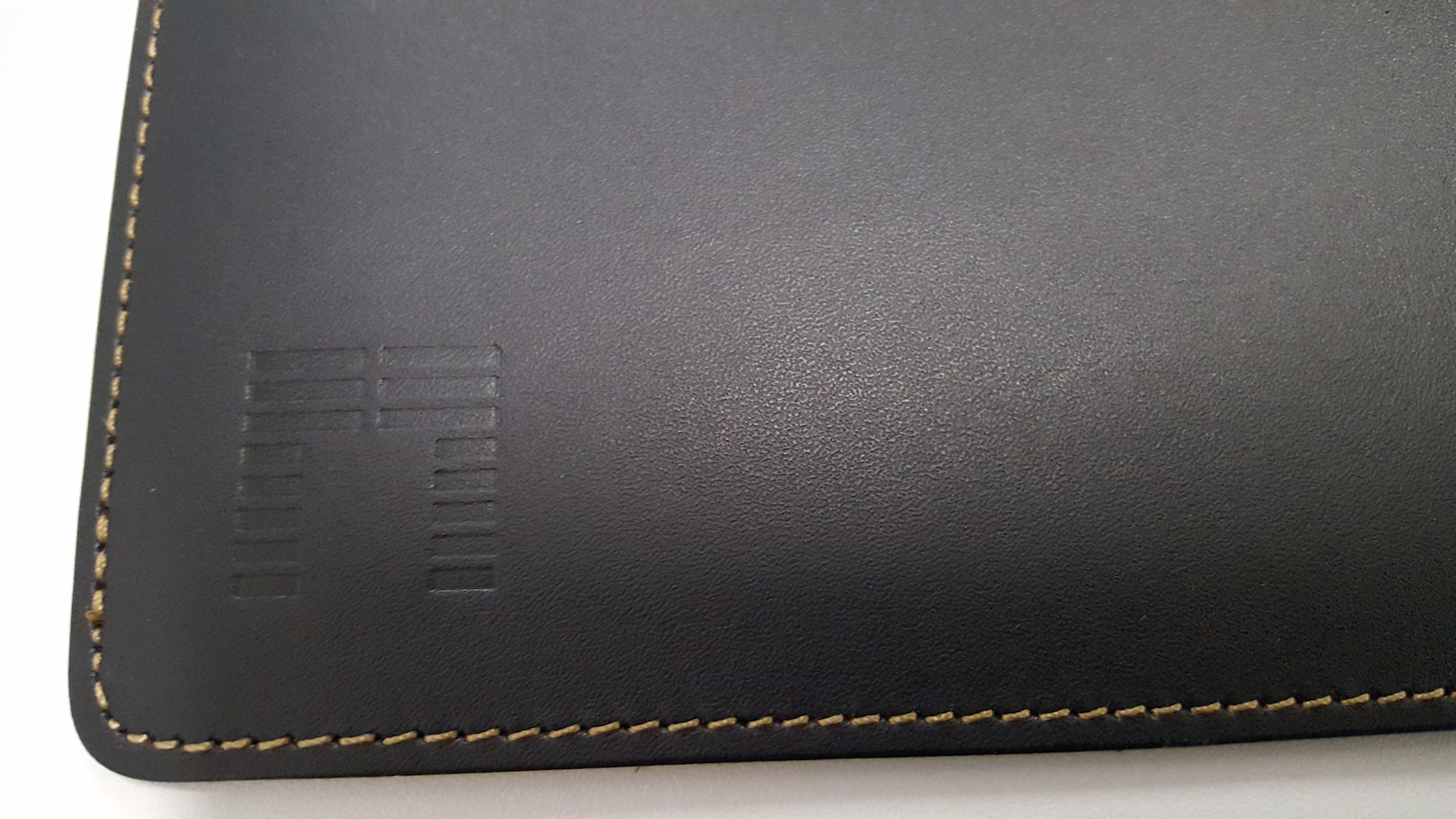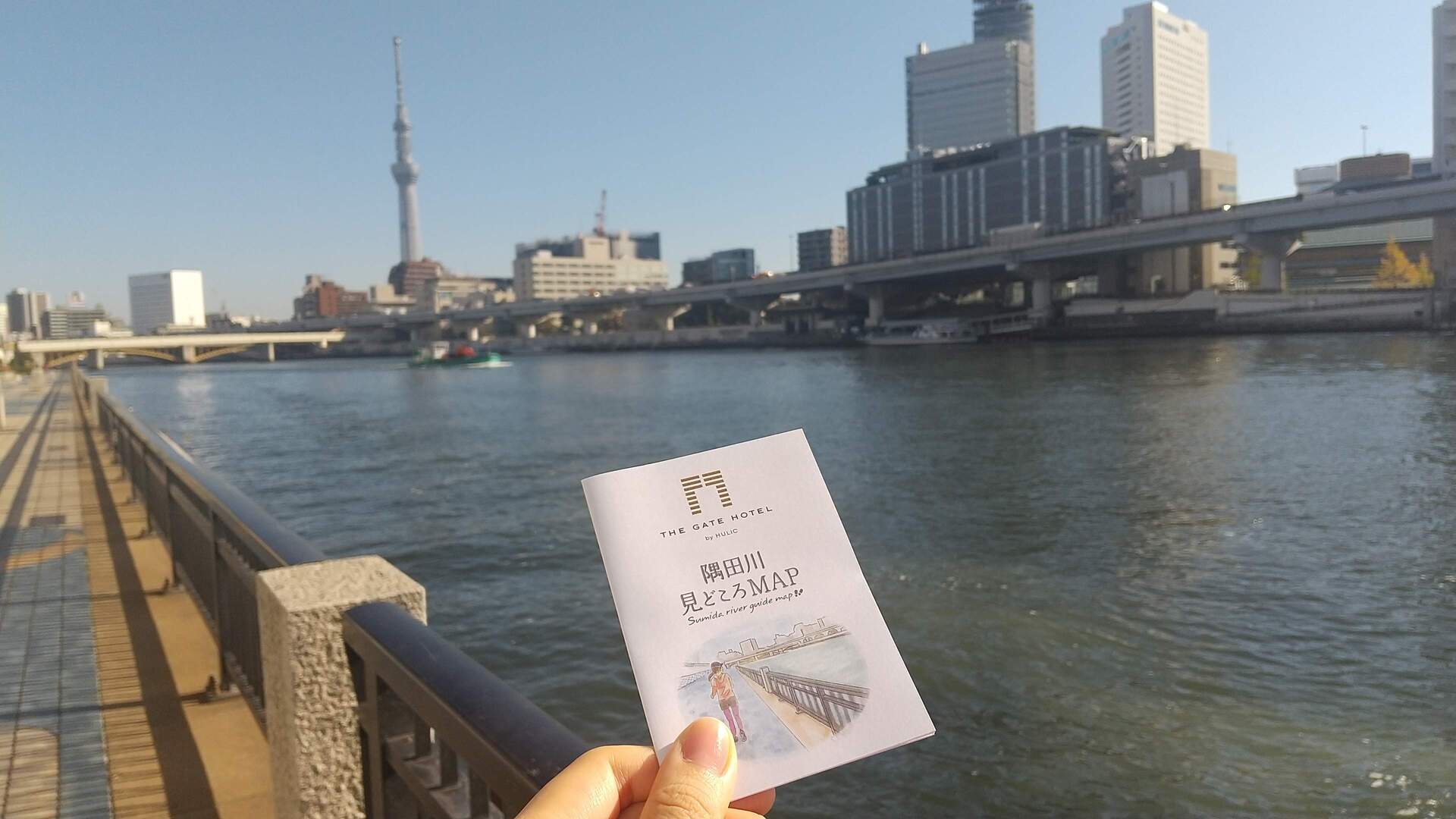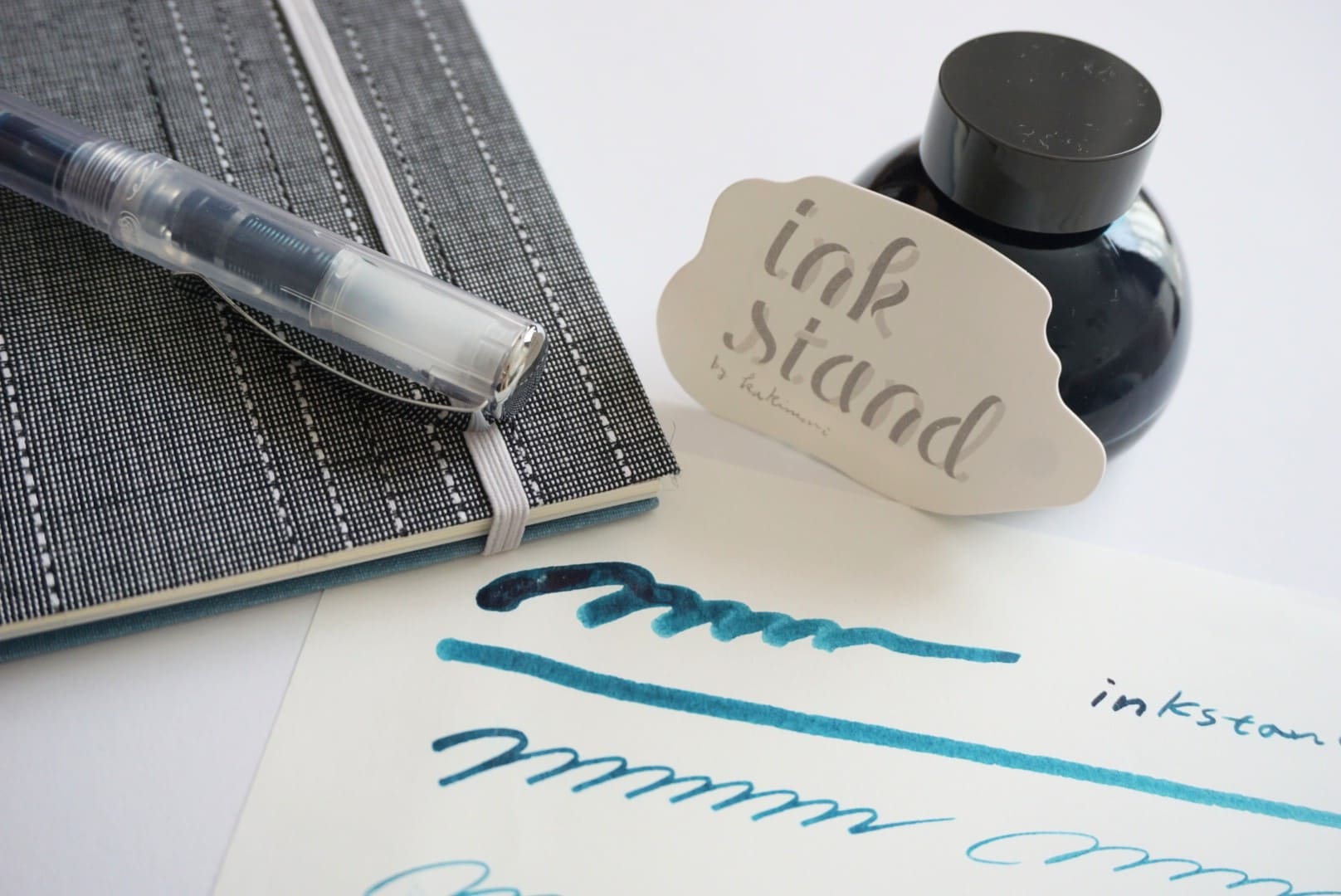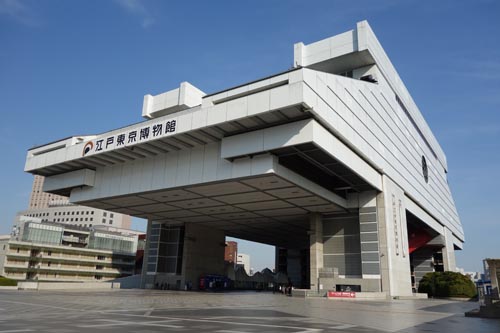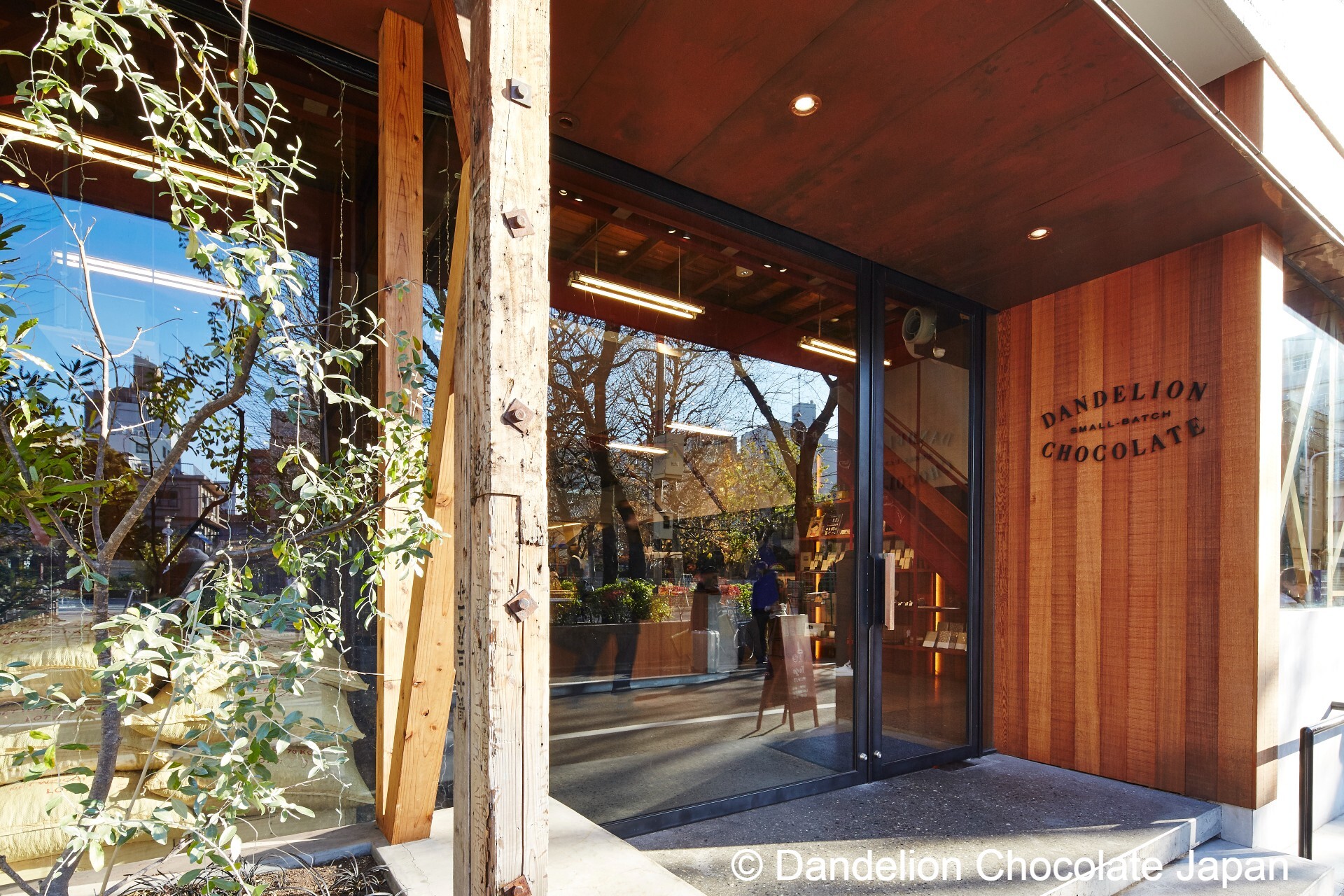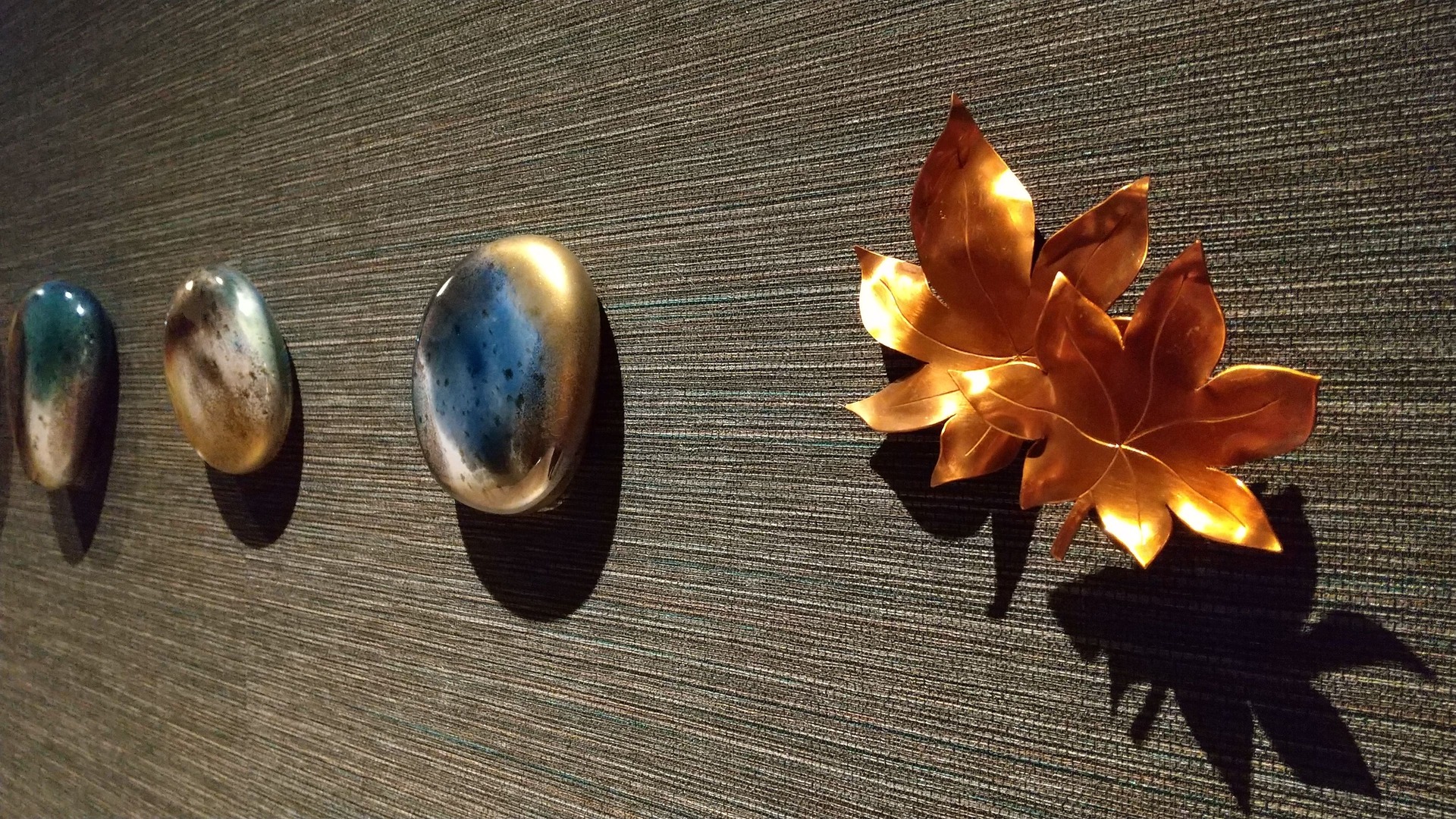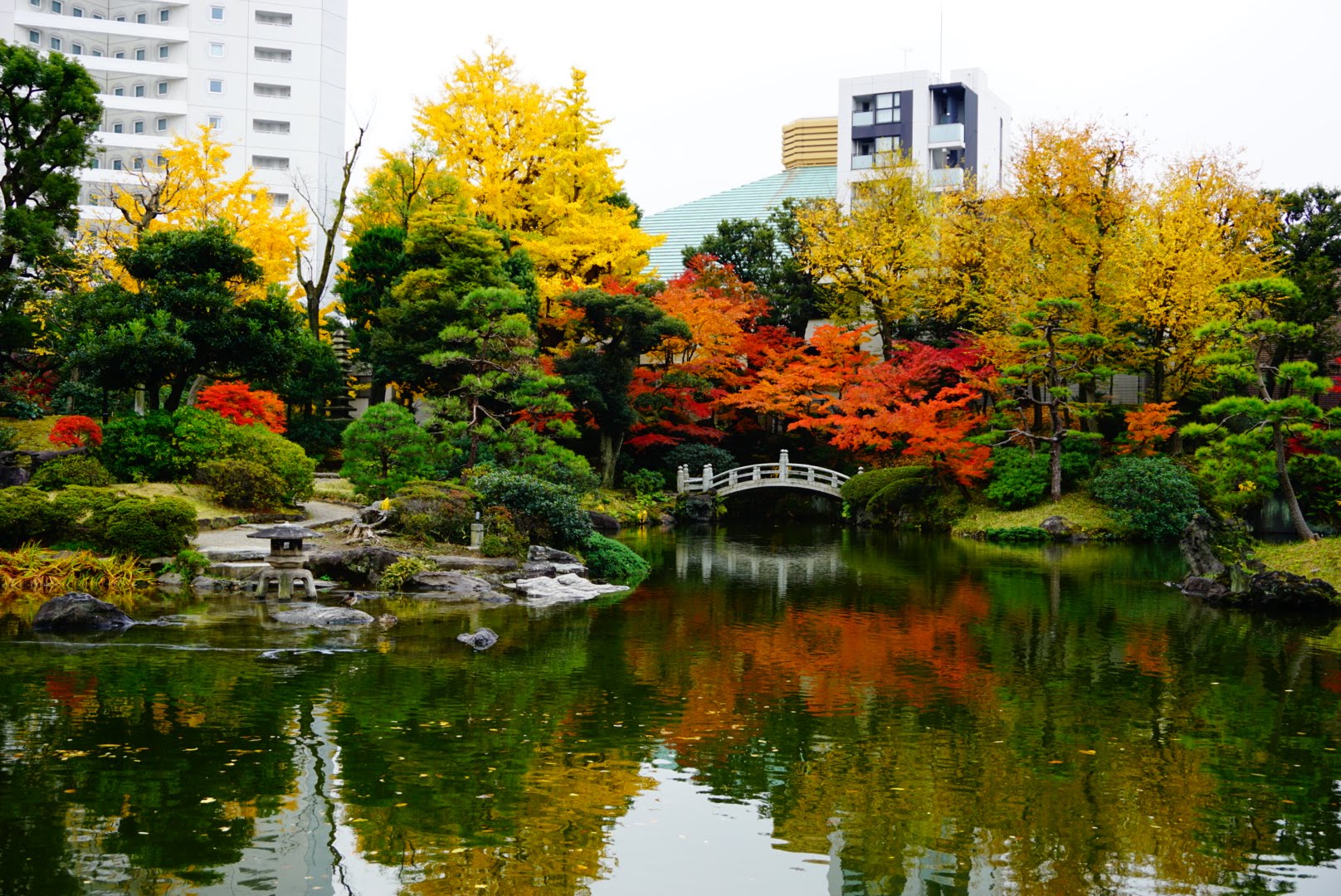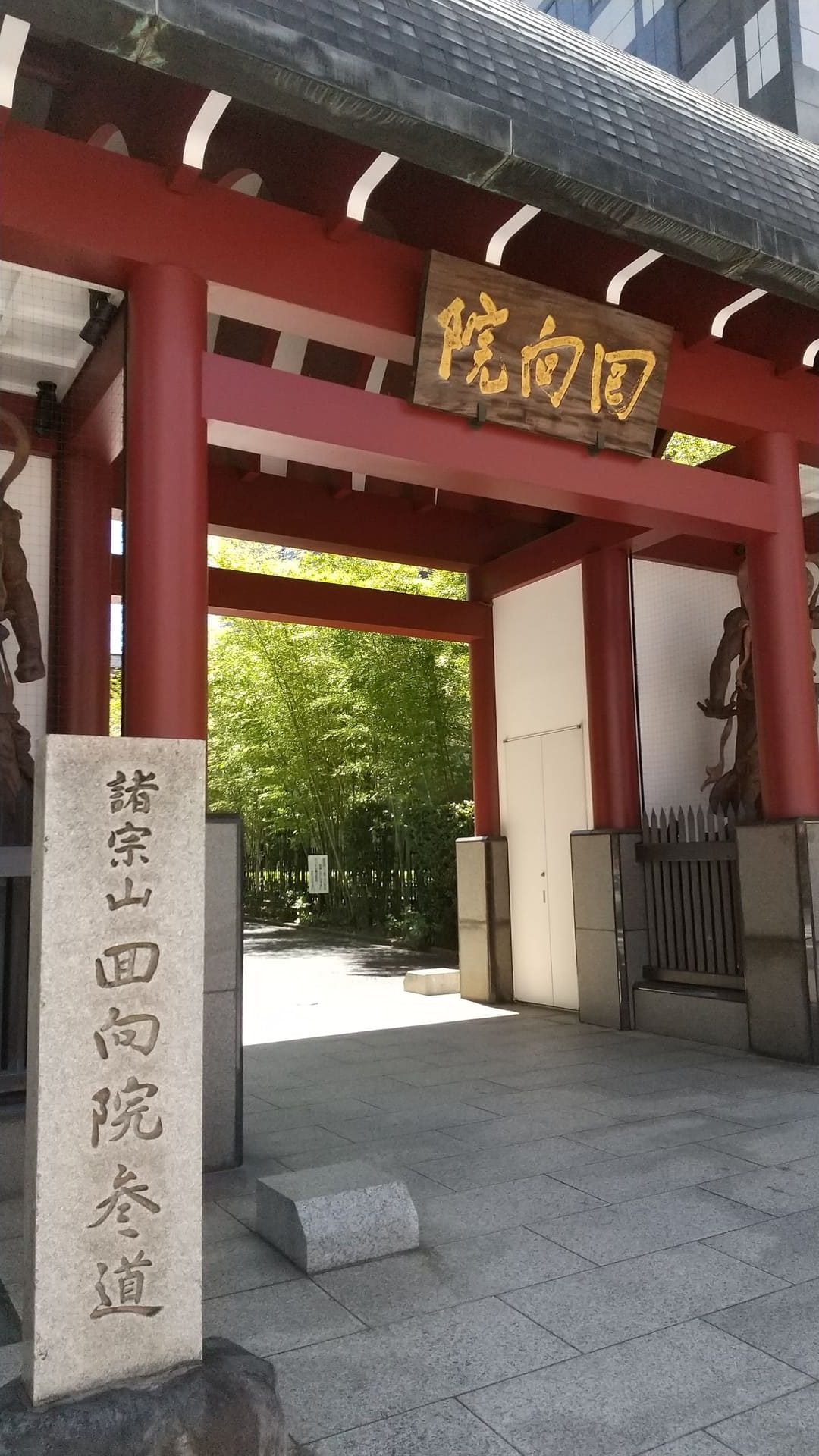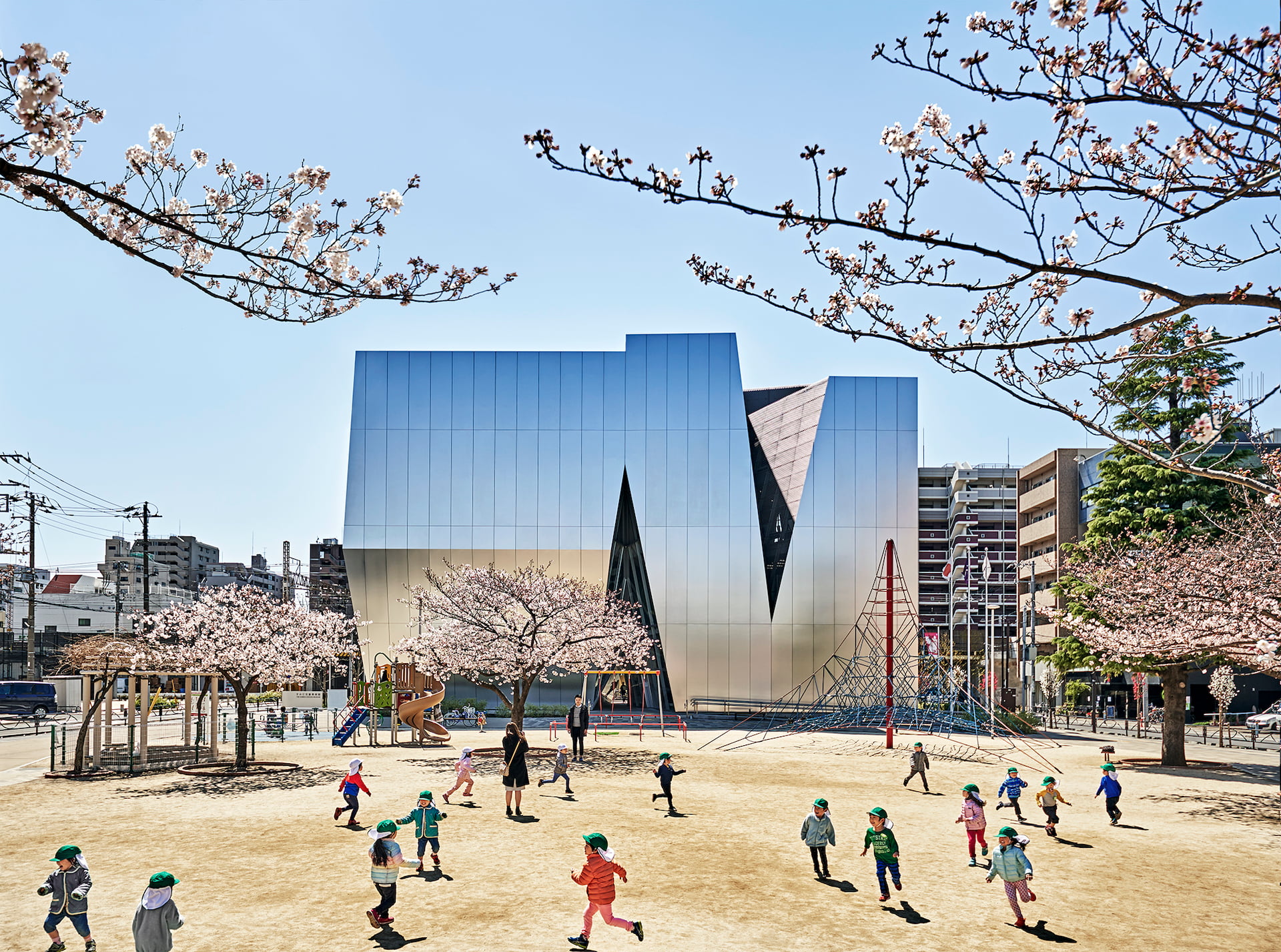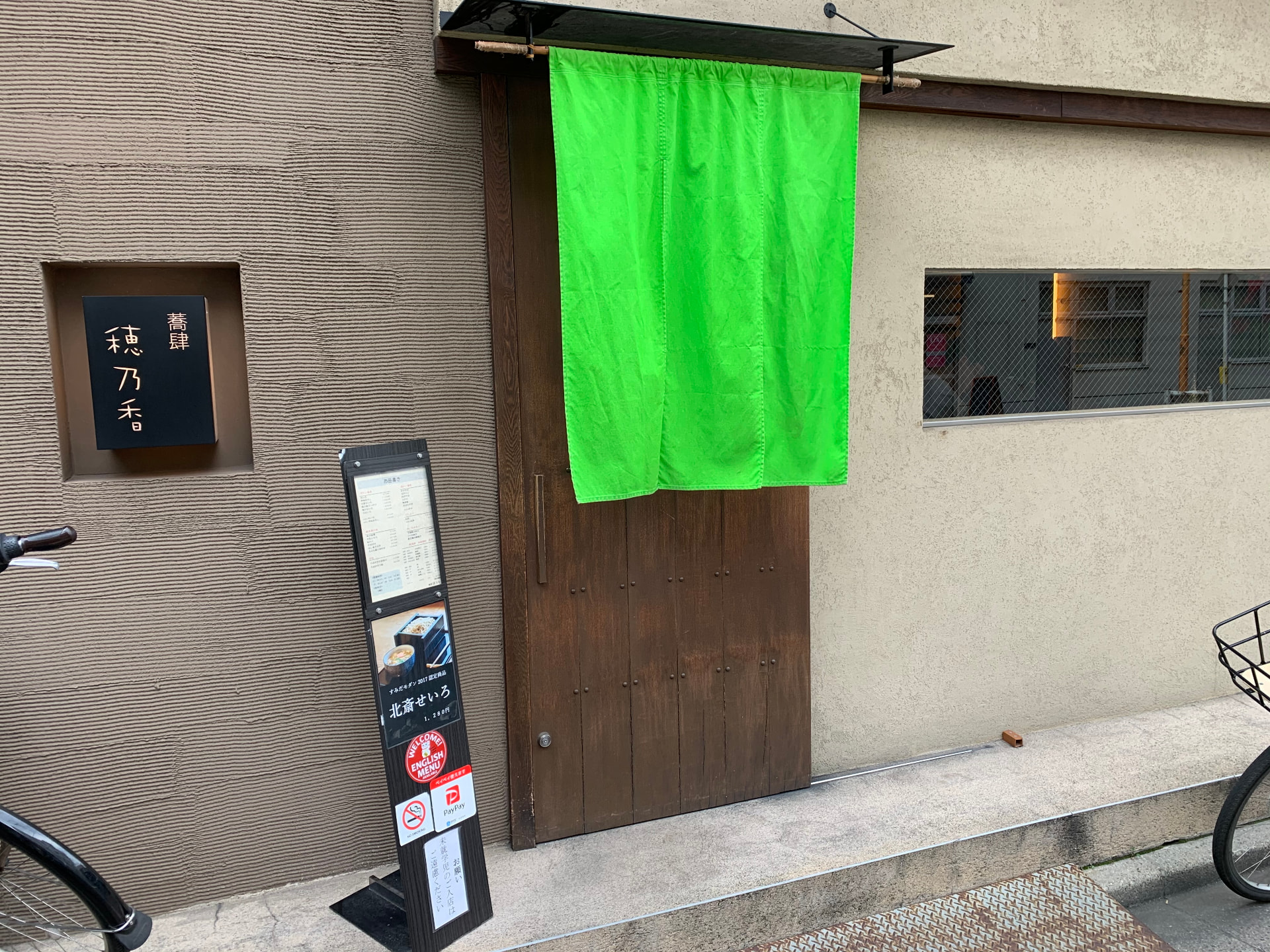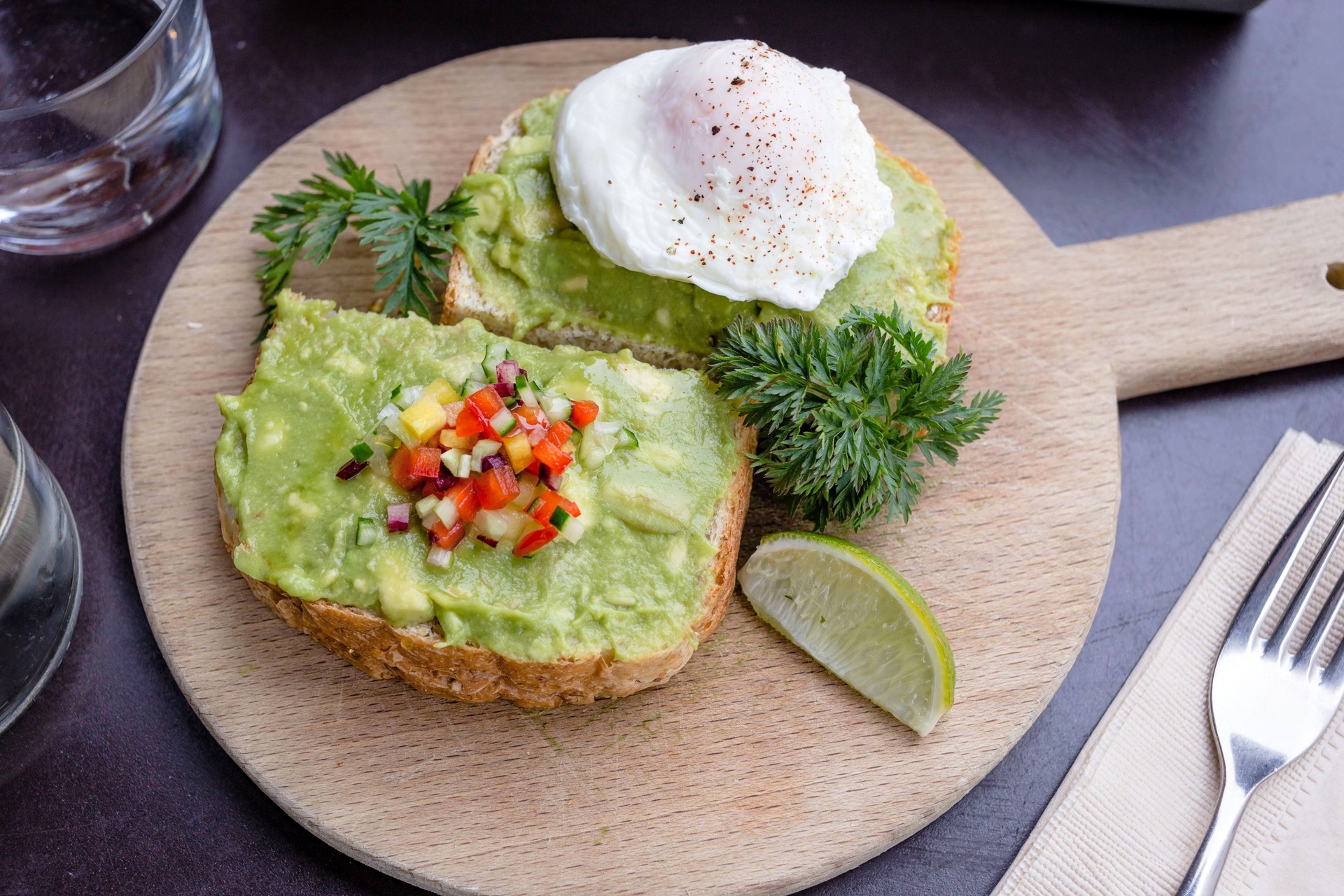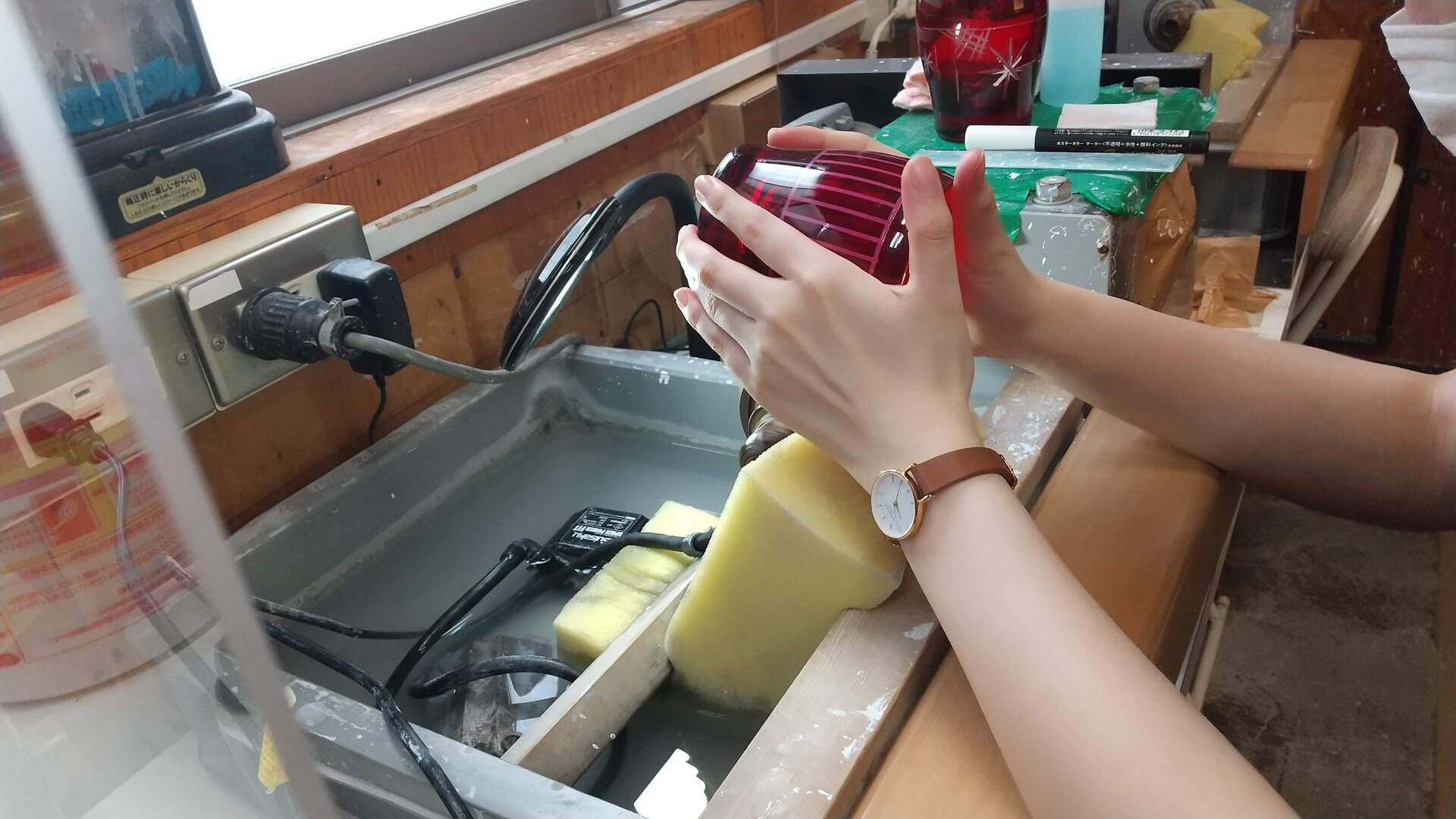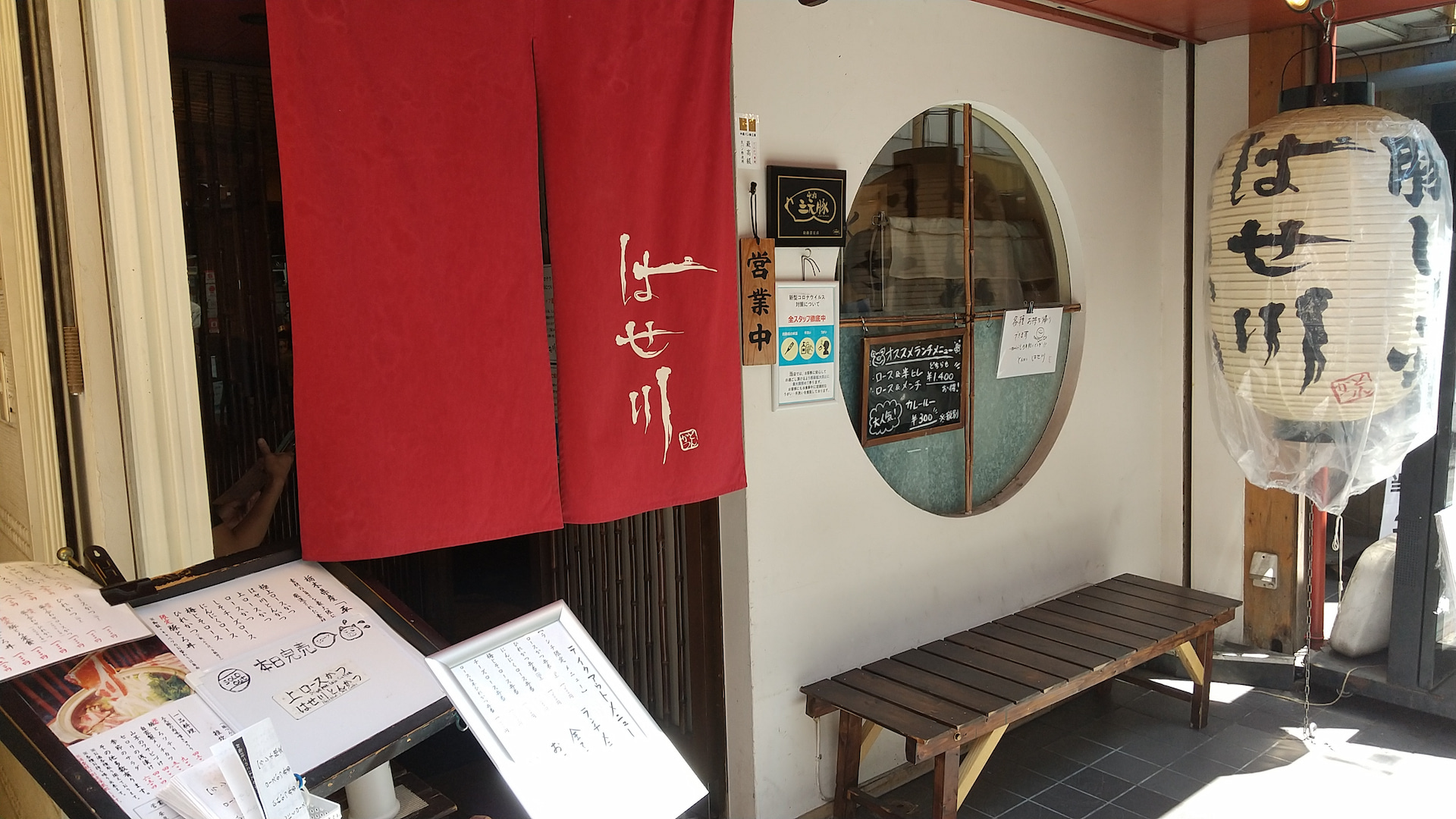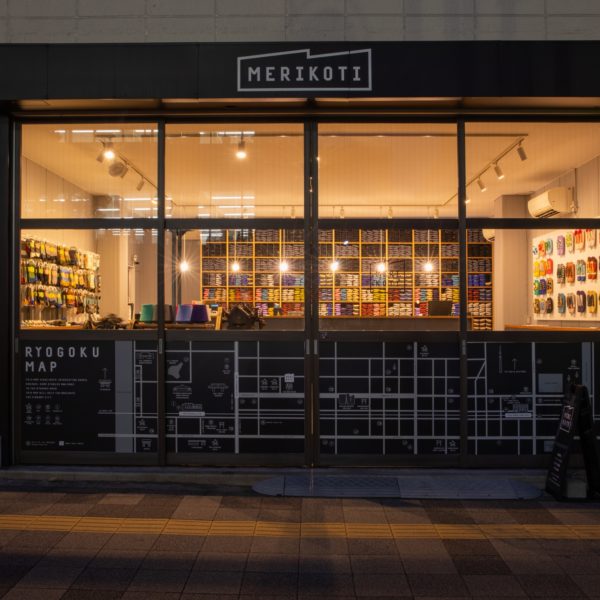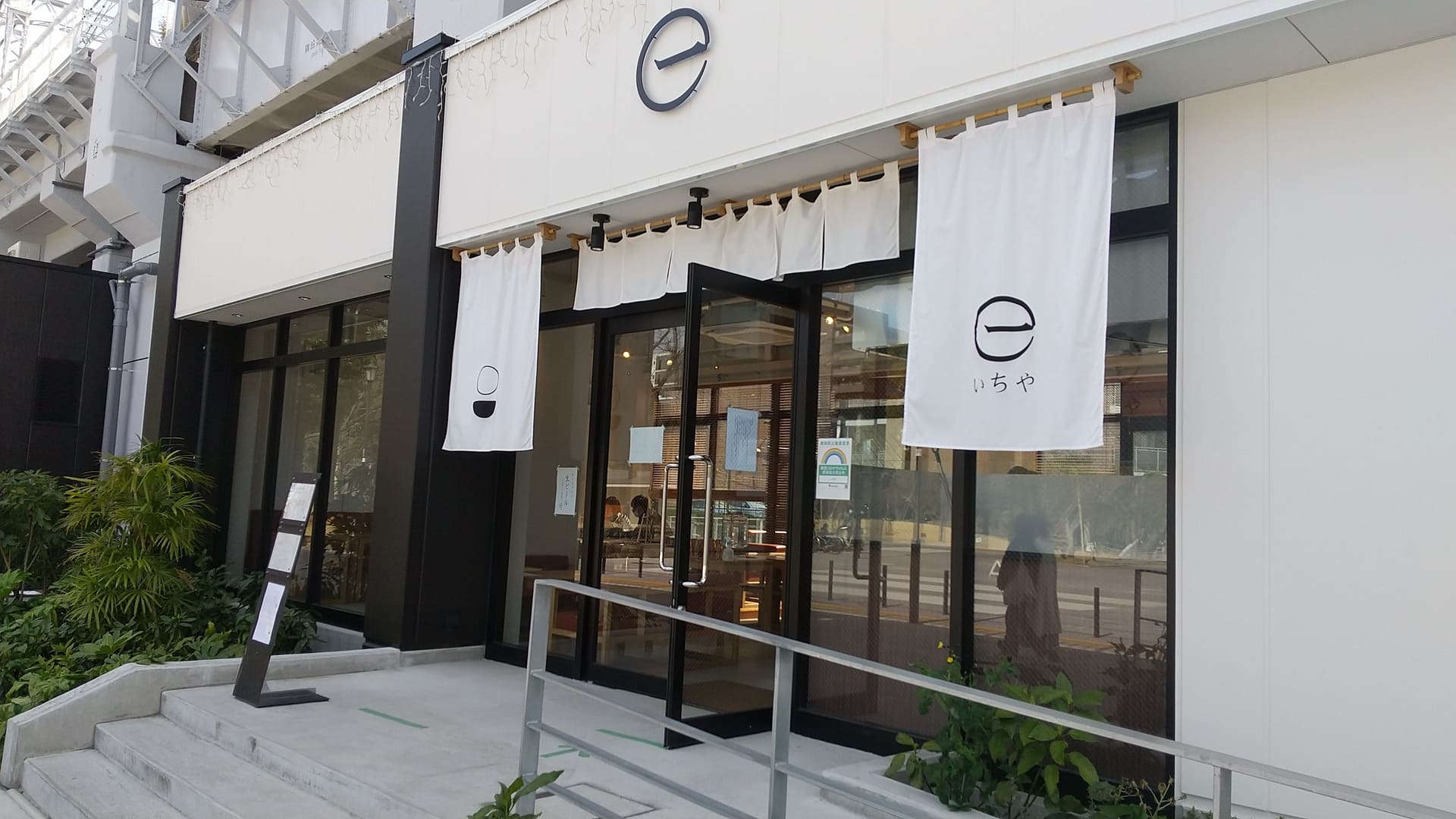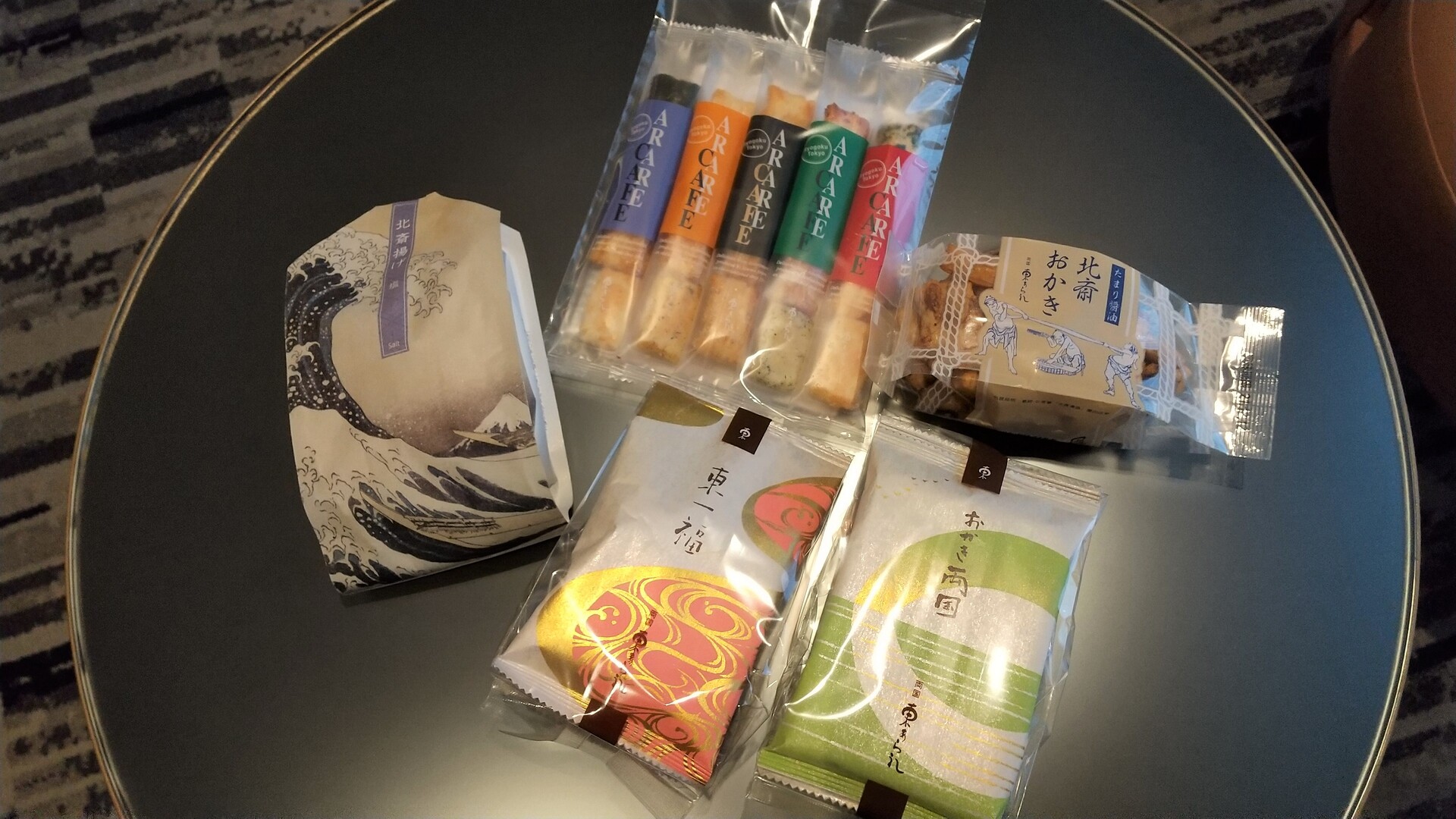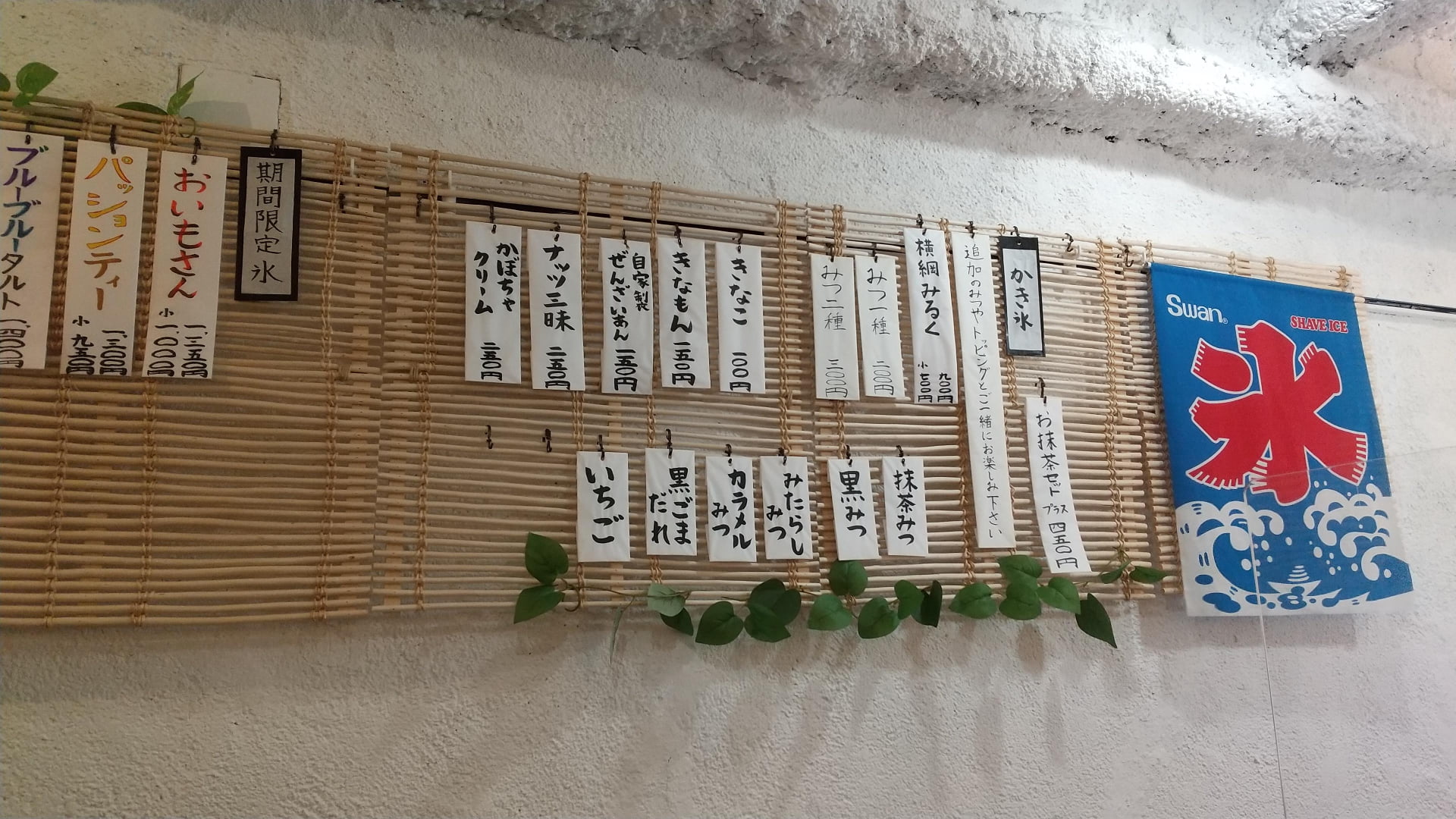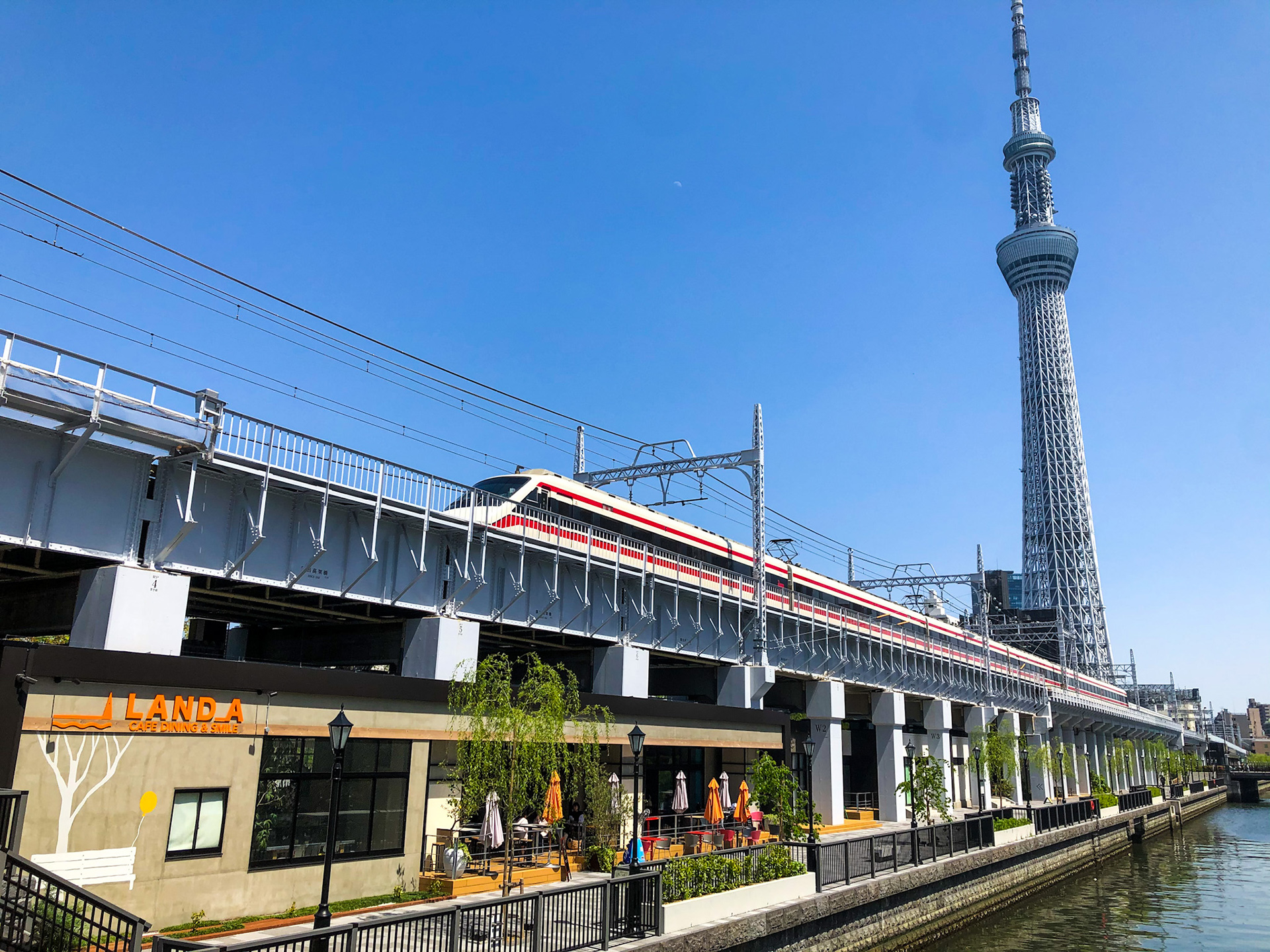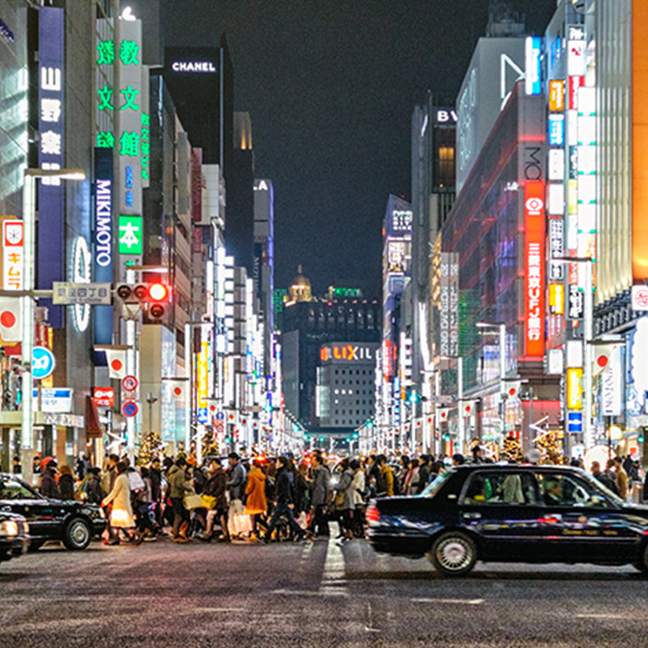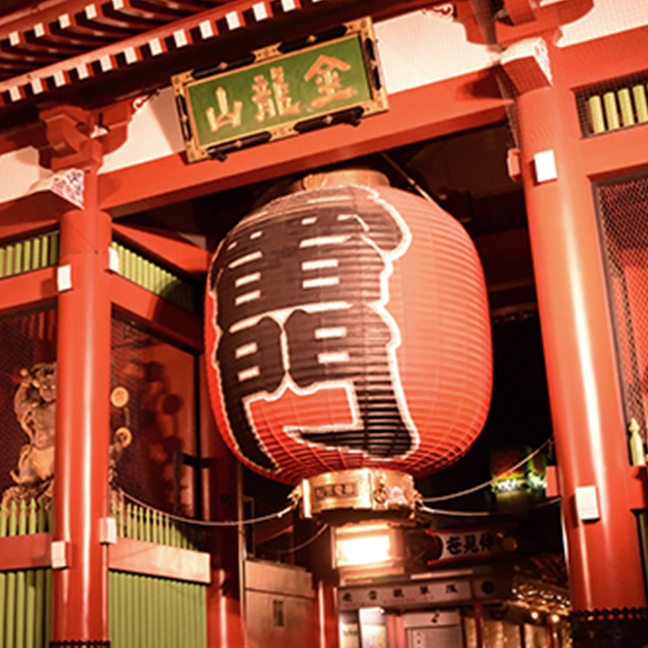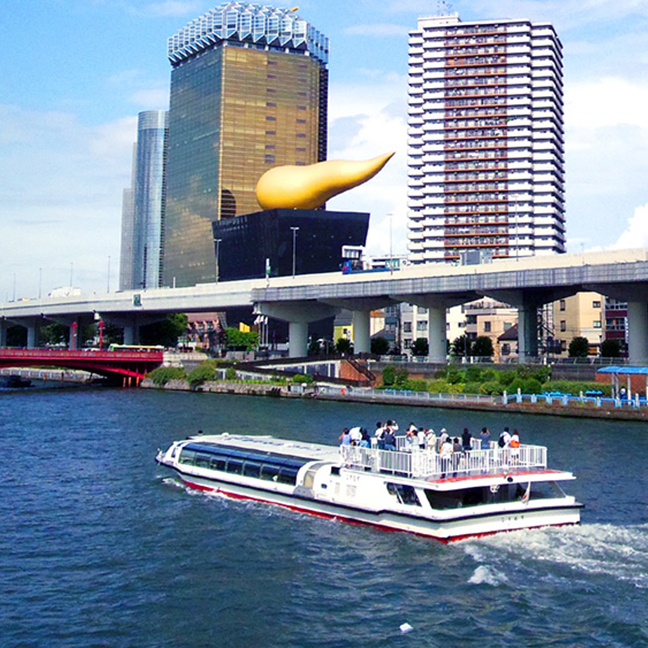Hello, this is The Gate Hotel Ryogoku staff. In this article, we would like to introduce Sumida Edo Kiriko Glass Museum, a Sumida Ward-approved workshop store that introduces Edo kiriko (cut glass), a traditional Japanese craft. From The Gate Hotel Ryogoku, take the JR Sobu Line from Ryogoku Station to Kinshicho Station and get off at Kinshicho Station, a 7-minute walk from the North Exit to reach the museum.
Edo kiriko glass is both delicate and gorgeous, and its brilliance increases with the reflection of light, with different shimmering effects depending on the angle from which you look at it. The shimmering effect is created by cutting and shaving the surface of the glass to draw beautiful patterns. This is a skill that only skilled craftsmen can achieve.

History of Edo Kiriko, a Traditional Japanese Craft
The beginning of Edo Kiriko
It is said that Edo kiriko was first produced in Japan in 1834 during the late Edo period, when Kyubei Kagaya, a vidro glass wholesaler in Odenmacho, Edo, was fascinated by glass products brought from overseas and engraved them on the surface of glass using Kongo sand.
A technique that has been passed down and continues to develop
In the Meiji period (1868-1912), the policy of industrialization and development was promoted in response to the West, and modern glass mills were built. In 1881, an English cut glass engineer, Emanuel Hoptman, came to Japan and introduced British cut glass technology to Japan, establishing the traditional Edo kiriko technique that has been handed down to the present day.
After the Taisho era (1912-1926), the quality of Edo kiriko continued to improve due to research into glass materials and advances in cutting techniques, and the first heyday of Edo kiriko was reached in the early Showa era (1926-1989). In 1985, Edo kiriko was designated as a traditional craft industry by the Tokyo Metropolitan Government, and in 2002, it was also designated as a national traditional craft.
Stunning craftsmanship that captivates both the eye and the heart


The glass displayed and sold in the store ranges from masterpieces created by kiriko glass artists to daily-use vessels and gifts, all of which shine with the one-of-a-kind Edo kiriko technique.
Edo kiriko glass, the secret of brilliance
Edo kiriko glass is usually made of two layers of colored glass, in which a thin layer of colored glass is placed on top of a thick layer of clear glass, and a transparent, delicate pattern emerges when the glass is cut.
Typical traditional Edo kiriko patterns include “Kagome-mon,” which is a series of bamboo basket meshes, “Gyoko-mon,” which looks like a series of fish eggs, “Haimon,” which is a leaf pattern with kiriko crosses, and “Yarai-mon,” which looks like a lattice pattern and is said to represent rain falling like an arrow. Each of them has its own meaning, so if you would like to know more about them, please visit the store’s website.



Tools that create brilliance
Also on display are the production process of Edo kiriko and tools that have been used since ancient times.
The various types of blades used for cutting allow for a rich variety of patterns to be expressed.

See the craftsmanship and learn its value
The beauty of handmade work
In the workshop, visitors can observe the craftsmen at work through a window.
For example, at this time, one was cutting and the other was polishing.
The number of pieces of Edo kiriko glass completed in a day is said to be only 5 to 6!
At first glance, it may seem inefficient, but the beauty of Edo kiriko glass is born from the time and effort that goes into it. It is a craftsmanship that cannot be expressed by machines and should be handed down to future generations.

Edo kiriko techniques seen in Sumida Ward
Edo kiriko techniques can be seen in several places in Sumida City. It is also incorporated into other facilities and buildings in Sumida Ward, such as the front glass panel at the Edo Yuu public bathhouse in Ryogoku and the store sign lanterns at Skytree Town Solamachi.
It might be interesting to look for them while making a sightseeing tour.
Don’t forget to purchase an Edo kiriko glass for yourself!
There are two ways to purchase an Edo kiriko glass
At the store attached to the workshop, you can actually see and touch the products.
Edo kiriko glass, which has a luxurious feel and each piece is carefully crafted with thought and care, makes a perfect gift. Choose one for your family, friends, or other loved ones as a thank you, a congratulatory gift, or even as a reward for yourself. You can have them packaged in a paulownia wood box or original furoshiki wrapping.
You can also purchase our products online. Take a look at their extensive product lineup and enjoy just browsing through the product catalog.

Creating original glasses with the Edo kiriko cutting experience
At this workshop, along with selling exhibits, you can also experience cutting Edo kiriko.
With advance reservations, adults can create an Edo kiriko glass cup, while elementary and junior high school students can experience an Edo kiriko making experience to create glass paperweights.
The staff of The Gate Hotel Ryogoku have actually experienced this.
At first glance, it may seem difficult, but the excitement of taking the time and effort to create an original Edo kiriko glass piece is something that is not easily experienced, and it is a time that we would like everyone to experience.
SHOP DATA
- Name: Sumida Edo Kiriko Glass Museum
- Address : 2-10-9 Taihei, Sumida-ku, Tokyo 130-0012
- TEL: 03-3623-4148 03-3623-4148
- URL https://www.edokiriko.net/
- Business hours: 10:00-18:00
- Closed: Sunday/Monday/Holidays/Summer holidays/New Year holidays
*Please contact the store directly for the latest information on business hours, holidays, etc.
Where to stay

Drop in on us

